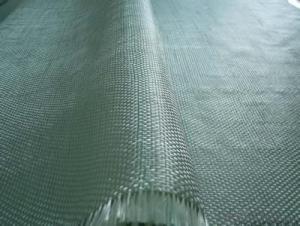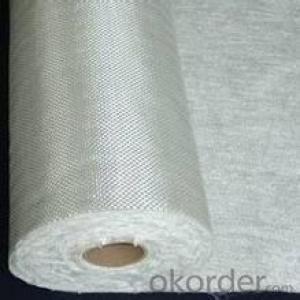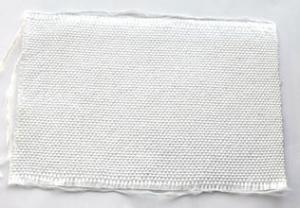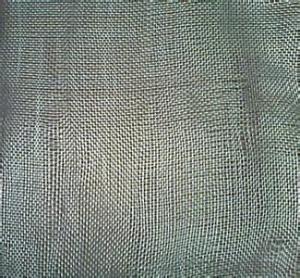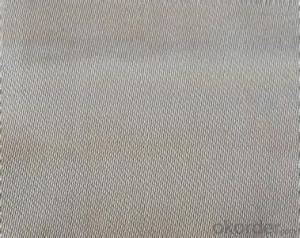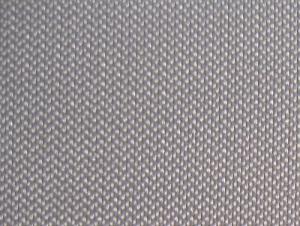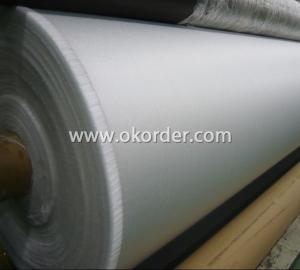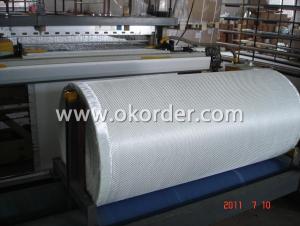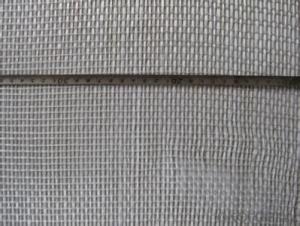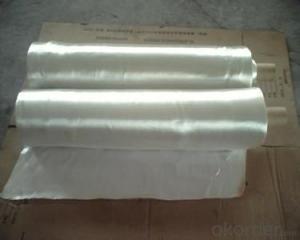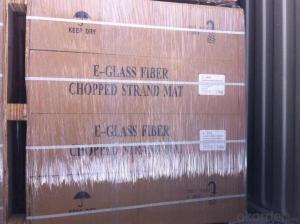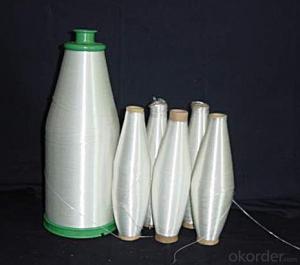Silica88 Silica Fiber Cloth - Fiberglass Fabrics
- Loading Port:
- China Main Port
- Payment Terms:
- TT OR LC
- Min Order Qty:
- -
- Supply Capability:
- -
OKorder Service Pledge
Quality Product, Order Online Tracking, Timely Delivery
OKorder Financial Service
Credit Rating, Credit Services, Credit Purchasing
You Might Also Like
Quick Details
| Place of Origin: | Brand Name: | Model Number: | |||
| Application: | Weight: | Width: | |||
| Weave Type: | Yarn Type: | Alkali Content: | |||
| Standing Temperature: | Certificate: | Color: | |||
| Thickness: | Roll Length: | Weave: | |||
| Port of Loading: | Warp yarn: | Fill yarn: | |||
| Warp/Weft density: | Instant working temp: |
Packaging & Delivery
| Packaging Detail: | as customer request |
| Delivery Detail: | in 15 to 30 days |
Specifications
1. Silica88 silica fiber cloth
2. High temperature resistance
3. Refractory
- Q: The main characteristics of aluminum foil composite glass fiber cloth
- Direct hot pressing compound avoids compounding adhesive and saves composite cost of overlaying.
- Q: How does fiberglass fabric perform in shear strength?
- Fiberglass fabric has excellent shear strength performance. Due to its composition of intertwined glass fibers, it possesses strong resistance to forces applied parallel to its surface. The interlocking fibers create a strong and rigid structure that allows it to withstand shear stresses and prevent deformation or failure. This makes fiberglass fabric highly suitable for applications where shear strength is important, such as in the construction of lightweight, high-strength composites, reinforcement of concrete, and the manufacturing of various industrial products. Additionally, fiberglass fabric's shear strength is not significantly affected by exposure to moisture, chemicals, or high temperatures, making it a durable and reliable material for a wide range of applications.
- Q: Can fiberglass fabric be used for reinforcement in power plant tanks?
- Yes, fiberglass fabric can be used for reinforcement in power plant tanks. Fiberglass fabric is known for its high strength-to-weight ratio, corrosion resistance, and durability, making it suitable for applications in power plants where tanks require reinforcement to withstand high pressure, temperature, and corrosive environments.
- Q: Waterproof method of glass fiber cloth for toilet
- The pipe is worn through the root of the floor to strengthen the water.
- Q: How does fiberglass fabric perform in moisture absorption?
- Known for its exceptional moisture absorption performance, fiberglass fabric boasts a remarkably low rate of moisture absorption due to its inherent composition. The fabric is crafted from fine glass fibers intricately woven together, forming a dense and tight structure that effectively blocks moisture penetration. Compared to materials like cotton or polyester, fiberglass fabric exhibits significantly lower moisture absorption. It does not readily absorb moisture like natural fibers nor retain water for prolonged periods. This quality proves advantageous in scenarios that prioritize moisture resistance, such as outdoor or marine environments. The fabric's low moisture absorption also ensures its dimensional stability. Even when exposed to high humidity or moisture levels, it remains unaffected by swelling or warping. Consequently, fiberglass fabric proves ideal for applications that necessitate shape and structural integrity maintenance, such as composite materials or reinforcement applications. Moreover, the fabric's minimal moisture absorption further contributes to its resistance against mold and mildew growth. As the fabric does not easily absorb moisture, it creates an unfavorable environment for the proliferation of these microorganisms. This characteristic renders fiberglass fabric a popular choice for applications that prioritize moisture resistance and hygiene, such as the production of medical equipment or within the food processing industry. In conclusion, fiberglass fabric excels in moisture absorption. Its low moisture absorption rate, dimensional stability, and resistance to mold and mildew growth establish it as a dependable choice across various industries and applications.
- Q: How is fiberglass fabric used in the production of heat shields?
- Fiberglass fabric is commonly used in the production of heat shields due to its excellent thermal insulation properties. It is capable of withstanding high temperatures and helps protect surrounding components or surfaces from heat damage. The fabric is often layered or combined with other materials to create a heat-resistant barrier, which can be used in various applications such as automotive, aerospace, and industrial settings.
- Q: Glass fiber cloth can be made into handbags, requirements of high temperature 680 degrees or more
- In addition, a large number of additional filler (coating) material can be no longer, and the other you sew sewing bag, you must be able to withstand high temperature material yo, if not, then cloth is good, you can pack scattered. The best in the first point in the sewing material before you try again after high temperature before sewing.
- Q: Can fiberglass fabric be used for insulation in storage tanks?
- Yes, fiberglass fabric can be used for insulation in storage tanks. It is commonly used due to its excellent thermal insulation properties, as it helps to maintain the temperature of the stored contents and prevent heat loss or gain. Additionally, fiberglass fabric is resistant to moisture, chemicals, and corrosion, making it a suitable choice for insulation in storage tanks.
- Q: How does fiberglass fabric perform in chemical exposure?
- Fiberglass fabric performs exceptionally well in chemical exposure. Due to its inherent resistance to a wide range of chemicals, it is commonly used in various industries where exposure to corrosive substances is expected. The fabric's composition, typically consisting of glass fibers woven together, provides a strong barrier against chemical attack and degradation. In many cases, fiberglass fabric can withstand exposure to acids, alkalis, solvents, and other corrosive chemicals without experiencing any significant damage or deterioration. This resistance to chemical attack makes it an ideal choice for applications such as chemical storage tanks, pipes, ducts, and equipment linings. Moreover, the fabric's non-reactive nature helps prevent contamination or leaching of chemicals into the surrounding environment, making it a safe and reliable option for handling hazardous substances. Additionally, fiberglass fabric's thermal insulation properties can further enhance its performance in chemical exposure by offering protection against extreme temperatures that may accompany certain chemical processes. However, it is important to note that the specific performance of fiberglass fabric in chemical exposure can vary depending on the type and concentration of the chemical, as well as the duration and temperature of exposure. Therefore, it is always recommended to consult with manufacturers or industry experts to ensure the suitability of fiberglass fabric for a particular application and to determine any necessary precautions or compatibility considerations.
- Q: What material can be used instead of fiberglass cloth?
- It is a glass glass fiber cloth woven by high temperature after snagging. Its product stability is very high, tensile strength is also unmatched by non-woven fabrics. And the fiberglass cloth decorative wall also has the permeability. Therefore, the two products are not interchangeable.
Send your message to us
Silica88 Silica Fiber Cloth - Fiberglass Fabrics
- Loading Port:
- China Main Port
- Payment Terms:
- TT OR LC
- Min Order Qty:
- -
- Supply Capability:
- -
OKorder Service Pledge
Quality Product, Order Online Tracking, Timely Delivery
OKorder Financial Service
Credit Rating, Credit Services, Credit Purchasing
Similar products
Hot products
Hot Searches
Related keywords
